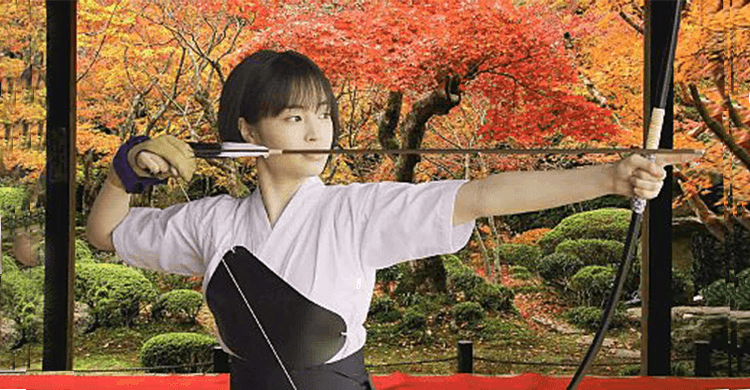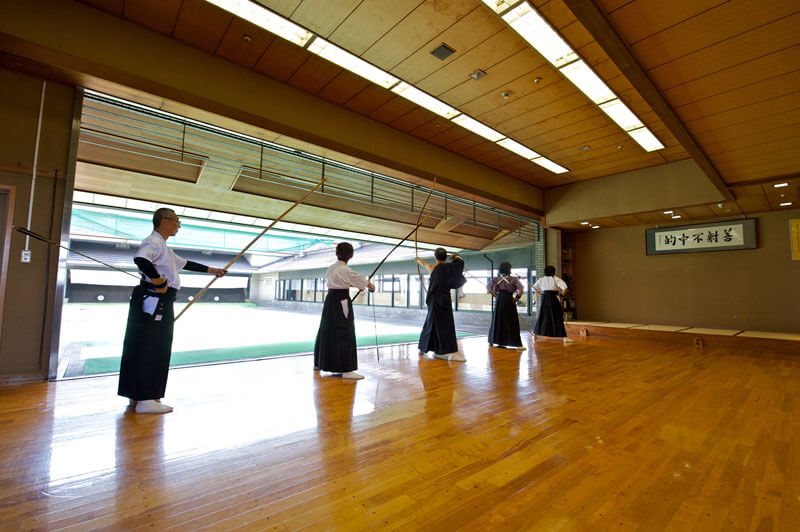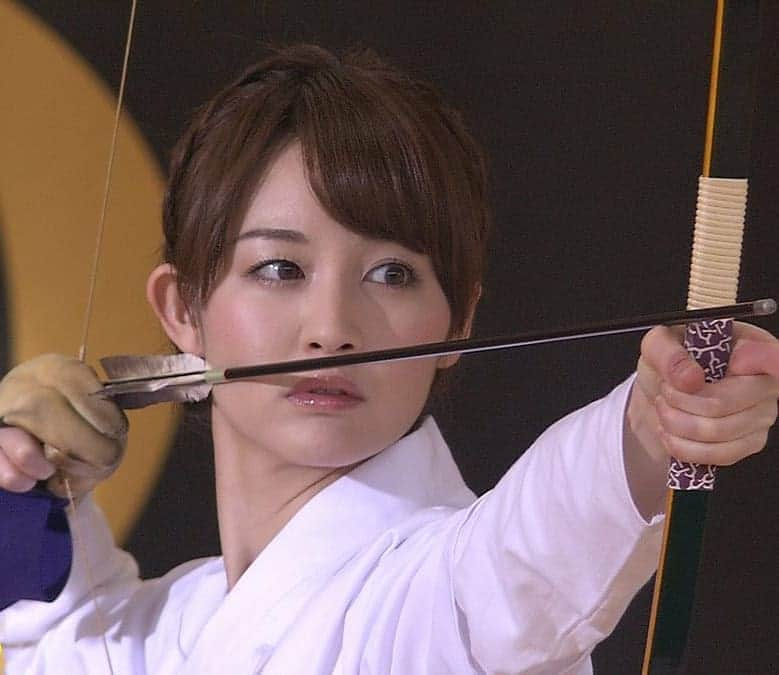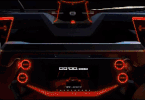Contents
What’s Kyudo ?
Hi everyone how are you doing? Today’s subject is “Kyudo“, literally “The Way of the Bow” or (Japanese art of Archery), is one of Japan’s “Cool Japan” martial arts.
The aim is to train the body and mind through the act of shooting an arrow with a bow. It’s more than just a sport.
Speaking of sports, though Kyudo is almost the same as archery in many aspects such as their history, style of shooting and its porpose etc., Kyudo hasn’t been seen yet in the Olympic and Paralympic events so far.
History of Kyudo (Japanese Archery)
The beginning of kyudo in Japan is pre-historical. The first images picturing the distinct Japanese asymmetrical longbow are from the Yayoi period (c. 500 BC – 300 AD).
The changing of society and the military class (samurai) taking power at the end of the first millennium created a requirement for education in archery.
This led to the birth of the first style, founded by Henmi Kiyomitsu in the 12th century.
From the 15th to the 16th century, Japan was ravaged by civil war.
In the latter part of the 15th century Heki Danjō Masatsugu revolutionized archery with his new and accurate approach called hi, kan, chū (fly, pierce, center), and his footman’s archery spread rapidly.
Many new schools were formed, some of which, such as Heki-ryū Chikurin-ha, Heki-ryū Sekka-ha and Heki-ryū Insai-ha, remain today.
16th century
The yumi (Japanese bow) as a weapon of war began its decline after the Portuguese arrived in Japan in 1543 bringing firearms with them in the form of the matchlock.
The Japanese soon started to manufacture their own version of the matchlock and eventually it and the yari (spear) became the weapons of choice over the yumi.
The yumi(archery) as a weapon was used alongside the matchlock for a period of time because of its longer reach, accuracy and especially because it had a rate of fire 30–40 times faster.
17th century on
During the Edo period (1603–1868) Japan was turned inward as a hierarchical caste society in which the samurai were at the top.
There was an extended era of peace during which the samurai moved to administrative duty, although the traditional fighting skills were still esteemed.
During this period archery became a “voluntary” skill, practised partly in the court in ceremonial form, partly as different kinds of competition.
Archery spread also outside the warrior class. The samurai were affected by the straightforward philosophy and aim for self-control in Zen Buddhism that was introduced by Chinese monks.
Earlier archery had been called kyūjutsu, the skill of bow, but monks acting even as martial arts teachers led to creation of a new concept: kyūdō.
Revival
During the changes to Japan brought by opening up to the outside world at the beginning of the Meiji era (1868–1912), the samurai lost their status.
Therefore, all martial arts, including kyūdō, saw a significant decrease in instruction and appreciation.
In 1896, a group of kyūdō masters gathered to save traditional archery. Honda Toshizane, the kyūdō teacher for the Imperial University of Tokyo, merged the war and ceremonial shooting styles, creating a hybrid called Honda-ryū.
However, it took until 1949 before the All Japanese Kyudo Federation (ANKF; Japanese: Zen Nihon Kyūdō Renmei) was formed.
Guidelines published in the 1953 kyūdō kyohon define how, in a competition or graduation, archers from different schools can shoot together in unified form.
What’s eight fundamental movements?
In Kyudo, the action of shooting an arrow comprises eight fundamental movements.
First, you slowly spread your feet apart to create a stable base of support. You then stabilize the upper body to assume the proper posture for drawing the bow.
Next, fit an arrow to the bow. Raise the bow and arrow. Spread out your arms and draw the bow. With the bowstring fully drawn back, hold still for a moment..and release the arrow.
Even after the arrow has been fired, you must maintain the proper position.There’s more to Kyudo than hitting the target, performing these fundamental movements correctly is also considered important.
The bows used in Kyudo are much simpler in construcion that the bows used in Western-style archery. However, an arrow fired from a Japanese bow has enough force to pierce a pottery plate.
Why are Japanese bows so powerful?
It has a lot to do with how they are made. The core is a composite of bamboo that has been heat-treated to increase its strength and was-tree wood, which is very hard.
Thinly cut strips of bamboo are glued to the front and back of the core. The combination of the rigid core and the supple bamboo strips outside gives the bow its remarkable strength.
Wedges are used to give the bow its curvature. More than 100 wedges of varying sizes are pounded in to create the ideal shape that maximizes the power of the bow.
Japanese bows may seem simple, but they’re made with extraordinary precision. And practitioners of Kyudo are required to use these bows in a very precise fashion. Originally, bows were used for hunting and warfare.
But after guns spread across Japan in the 16th century, archery became a form of spiritual traing for the samurai. And it eventually developed into Kyudo as we know it today.
Kyudo is a solitary activity. There is no opponet-just a target. The objective is to achieve a deep state of calm and train your mind. That is “The Way of the Bow”.

Finally, here’s a video that captures the essence of Kyudo (Japanese archery)!















Leave a Comment